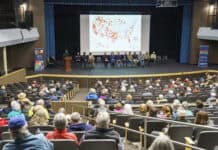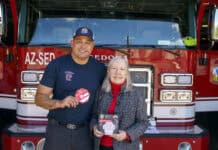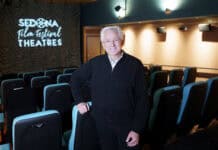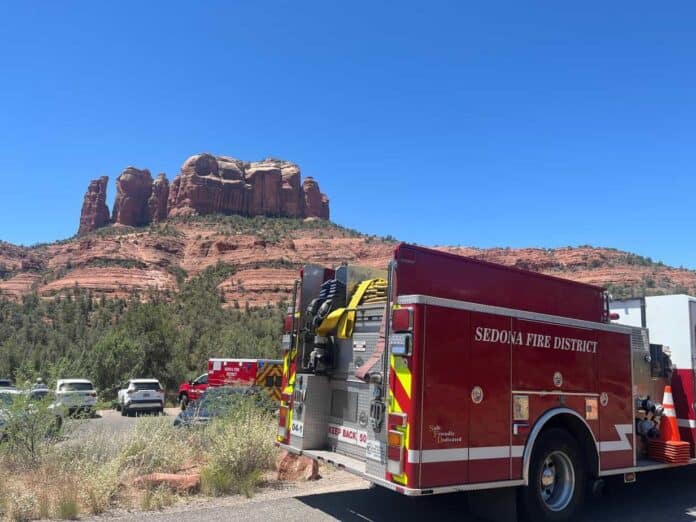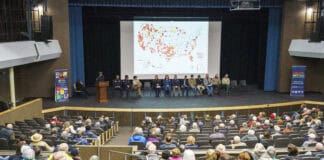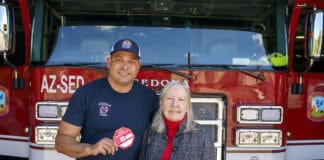Sedona Fire District crews and the Yavapai County Sheriff’s Office Forest Patrol responded to the Hi-Line Trail at 2:08 p.m. Friday, June 14, following reports of an unresponsive 44-year-old woman, hiking with her husband and two young daughters, all visiting from Pennsylvania. The mother passed out on the trail and needed medical attention, according to YCSO. A hiker responded to the scene and attempted life-saving measures.
Paramedics arrived at the Yavapai Vista Trailhead at 2:20 p.m., prepped rescue gear and covered two miles of trail to reach the patient in 32 minutes in 101-degree heat. At 2:52 p.m., SFD crews began resuscitation efforts. The woman suffered heat exhaustion, according to her family, but was not treated fast enough and she died at the scene. YCSO took over the scene for further investigation, with SFD crews remaining at the site to assist. While the personal loss of anyone, especially a mother, is tragic, it highlights the risk outdoor recreators face during the summer in the high desert.
Arizonans and visitors from other states in the Southwest grow up knowing the risks of desert heat, but those from other states and international visitors may incorrectly assume that our environment is not dangerous. Much of our wildlife is poisonous or venomous, red rocks can be slippery or break off and cactus spines warn “don’t come anywhere near me.”
Heat exhaustion and overheating can lead to hyperthermia, which is a significant health risk and can lead to organ damage, organ failure and even death, as we recently saw on Hi-Line. Temperatures are supposed to be in the upper 90s or higher for the next several weeks, with no actual monsoon rain expected until mid-July.
For the sake of bureaucratic convenience, the National Weather Service did the desert Southwest a disservice in 2006 when it changed the definition of when the monsoon “begins,” declaring it to begin on June 15, as if it were a federal holiday, and erroneously making visitors assume we’re in the monsoon without a cloud in the sky for weeks ahead. In truth, Arizona’s annual summer rainy season begins when the dew point is 55 degrees or higher for three consecutive days. This means that the increased humidity slightly reduces heat risk, but, more importantly, promises that cooling rains will fall in the afternoon.

There have been comments on social media by people who don’t enjoy Sedona or the outdoors during the summer calling on local, state or federal officials to simply “shut the forest down” when temperatures are high. That’s a new argument but an absurd one. Shutting down access to public lands due to an individual risk assumed by unprepared or underprepared hikers would deny the public the collective right to enjoy the outdoors responsibly. U.S. Forest Service does close the forest under Stage 3 fire restrictions, as permitted by federal statute, but there is no federal statute for heat. The suggestion is an overreach and overreaction.
The purpose and intent of wildfire closures is far different, too. The USFS closes the forest to protect buildings, structures and communities on the urban-wildland interface and collective public resources, like the forest itself, from the damage caused by wildfires.
As tragic as a heat-related death is for the family and friends of the victims, there is no collective risk to the whole public due to heat in the same way.
That said, any working-class people in the Verde Valley don’t have access to a private pool or have inadequate or antiquated home cooling systems and choose to take short hikes to Oak Creek or the Verde River to cool off. The summertime creek experience accessed through public U.S. Forest Service lands is an integral part of what it means to live in rural Arizona, especially for children, teens and families, who go to local waterways to enjoy what nature has provided.
Having grown up here, locals tend to know the risks of heat and dehydration during the summer and plan accordingly. Denying residents and responsible visitors who know the risks and take precautions is a knee-jerk overreach not supported by statute, precedent or risk to people who enjoy the outdoors cautiously and safely.
The bigger issue is that social media users, especially on Instagram and TikTok, post photos or videos of hikes, scenic locations, swimming holes and vistas without indicating to their followers what precautions to take while hiking or which ones they themselves took in order to capture that clickbait.
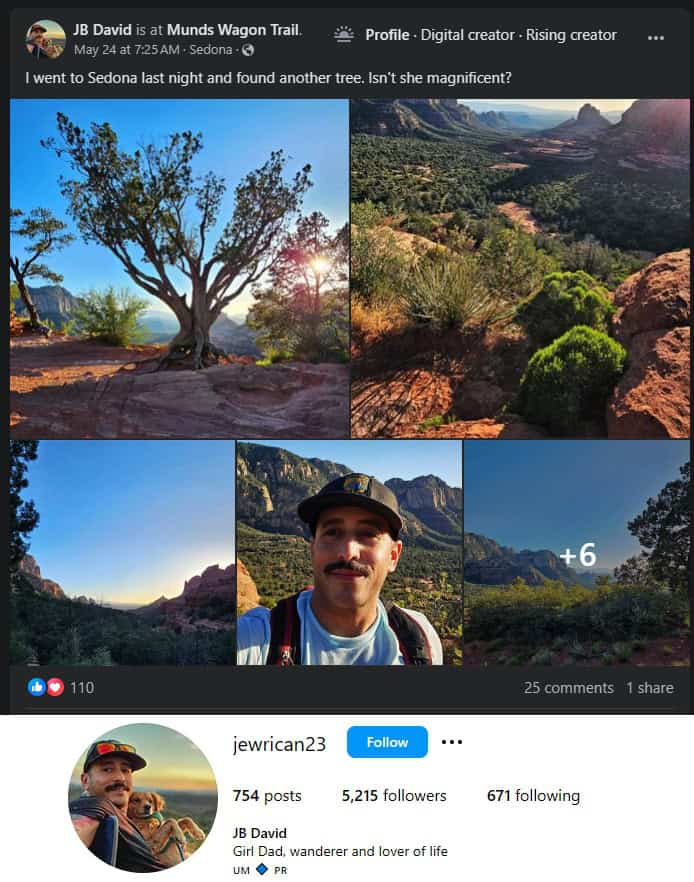
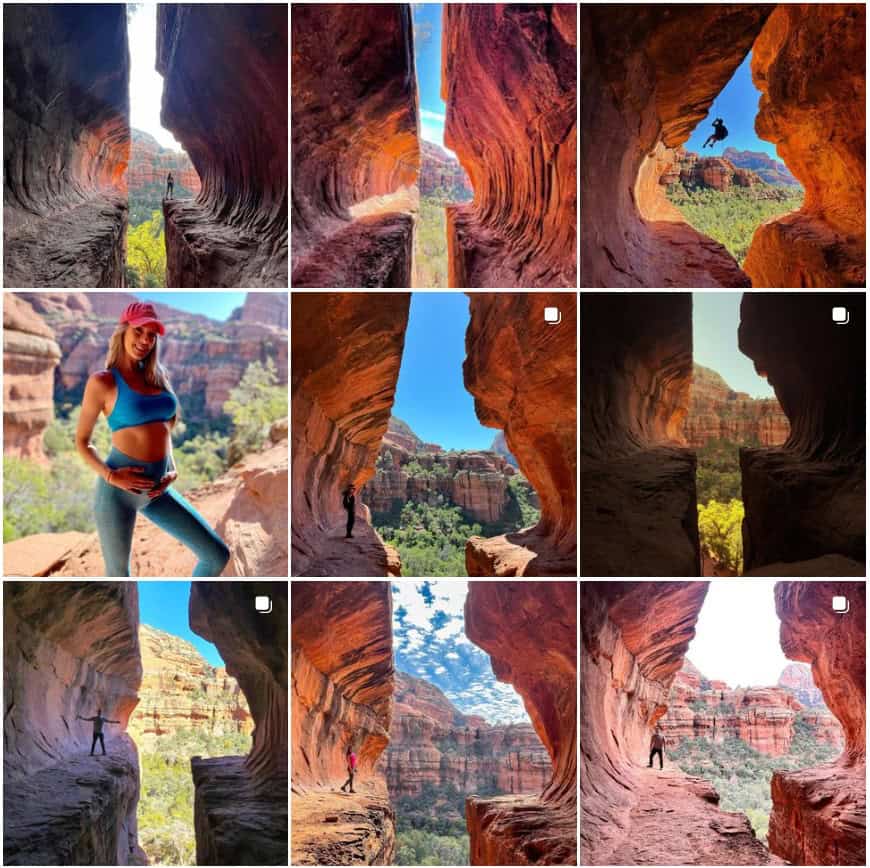
As I wrote in an editorial earlier this summer, if you choose to be outside during the hottest times of the day, drink plenty of water, take breaks, spend as much time in the shade as you can and go inside whenever possible. If you are working in your yard, do so in the morning or the late afternoon as the sun begins to set.
If you want to take a summer hike, go early in the morning and aim to be off the trail and back at your home or vehicle by mid-morning. Pick trails with lots of shade or on the side away from direct sun, e.g., on the north side of rock formations, or on the west side in the morning, east side in the afternoon, when the landscape itself can offer some shade. Carry a fully-charged cell phone and never go alone. When you reach the halfway point of your water, turn around, don’t push on.
No selfie is worth a wildland rescue. Don’t become another tragedy or warning. Even healthy hikers can be at risk, so if you begin to feel uncomfortable due to the heat, take a break, then head back.
Christopher Fox Graham
Managing Editor


